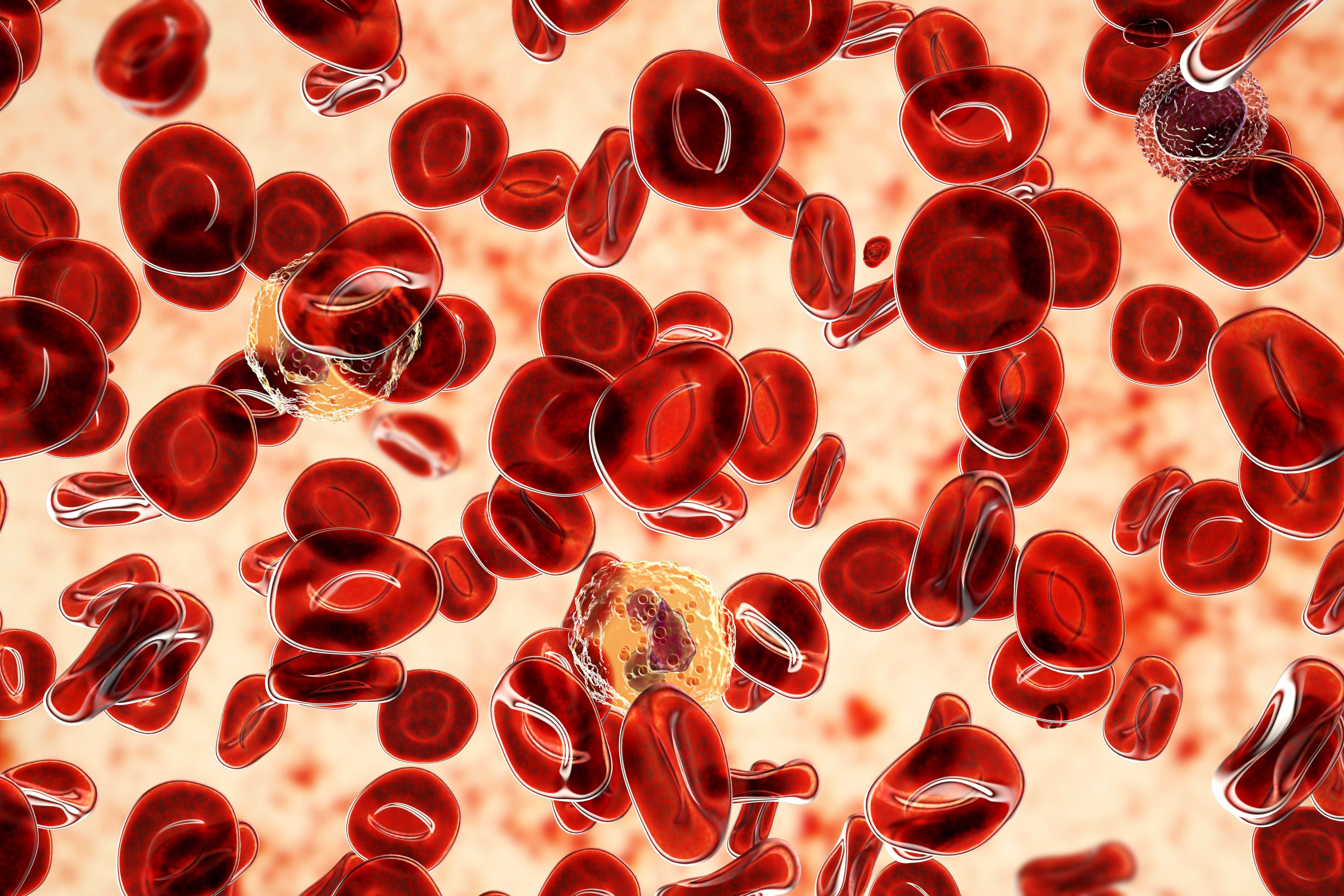Article
Once-Weekly Carfilzomib Improves PFS, OS in High-Risk Patients With MM Over Twice-Weekly Dose
Author(s):
Patients with multiple myeloma (MM) who have high-risk cytogenetic abnormalities typically have shorter progression-free survival (PFS) and overall survival (OS) compared with standard-risk patients. In an analysis of 2 studies, patients with high-risk MM had improved outcomes when taking carfilzomib once a week compared with a twice-weekly dose.
Patients with multiple myeloma (MM) who have high-risk cytogenetic abnormalities typically have shorter progression-free survival (PFS) and overall survival (OS) compared with standard-risk patients, but carfilzomib (Kyprolis) has been demonstrated to improve survival in high-risk patients.
A study presented at the 60th American Society of Hematology (ASH) Annual Meeting & Exposition investigated the role of carfilzomib, a second-generation protease inhibitor, in high-risk patients with newly diagnosed (ND) MM based on an analysis of 2 phase 1/2 studies. Patients were transplant ineligible and received nine 28-day induction cycles of carfilzomib, either 70 mg/m2 once weekly or 36 mg/m2 twice weekly, plus once weekly 300 mg/m2 cyclophosphamide and 40 mg dexamethasone.
A total of 121 NDMM patients were enrolled in the 2 studies and cytogenic data was available for 94 patients. Overall, 37 patients (31%) had high-risk chromosomal abnormalities: 18% had del(17p), 10% t(4;14), and 3% t(14;16).
After the induction phase, results were similar between the standard- and high-risk groups with an overall response rate of 86% and 92%, respectively, and near complete response of 39% and 41%, respectively.
However, after a median follow-up of 39 months, the median PFS was not reached in standard-risk patients and was 27.8 months in high-risk patients (hazard ratio: 0.76; P = .38). High-risk patients treated with once-weekly carfilzomib saw a greater PFS benefit with a median PFS of 39.6 months compared with a median PFS of 24.2 months for high-risk patients treated with twice-weekly carfilzomib.
In standard-risk patients, median OS was not reached during the follow-up period, and median OS was 47.5 months in high-risk patients. Again, patients taking the once-weekly dose saw improved outcomes. Median OS for high-risk patients taking the once-weekly dose was 47.5 months compared with 47.5 months in high-risk patients receiving the twice-weekly dose.
“As compared to twice weekly carfilzomib at 36 mg/m2, once weekly carfilzomib, at the dose of 70 mg/m2, confirmed to be effective in high-risk patients,” the authors concluded. “These data support the use of carfilzomib for the treatment of high-risk NDMM patients.”
Reference
Mina R, Larocca A, Petrucci MT, et al. Long-term carfilzomib for high-risk patients with newly-diagnosed multiple myeloma: a pooled analysis of two phase 1/2 studies. Presented at 60th American Society of Hematology Annual Meeting & Exposition; December 2, 2018. San Diego, CA. Abstract 3240.





